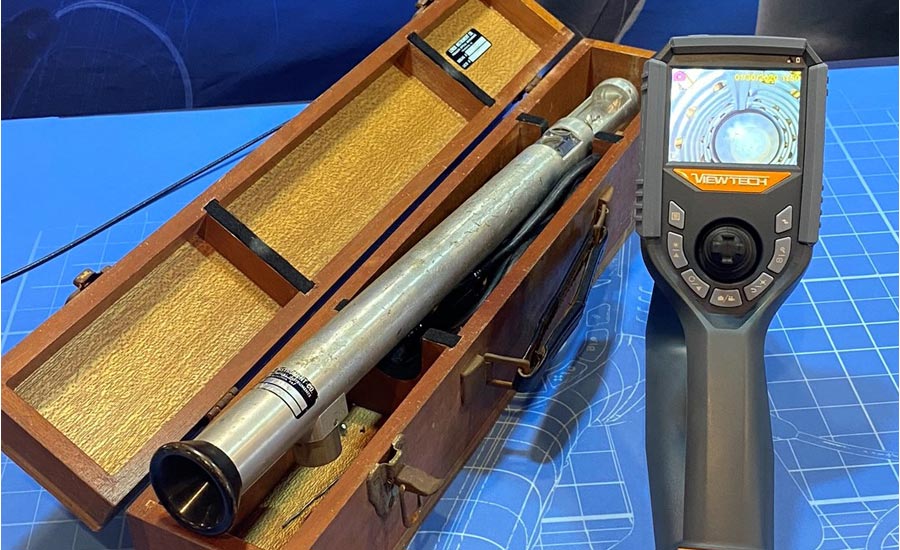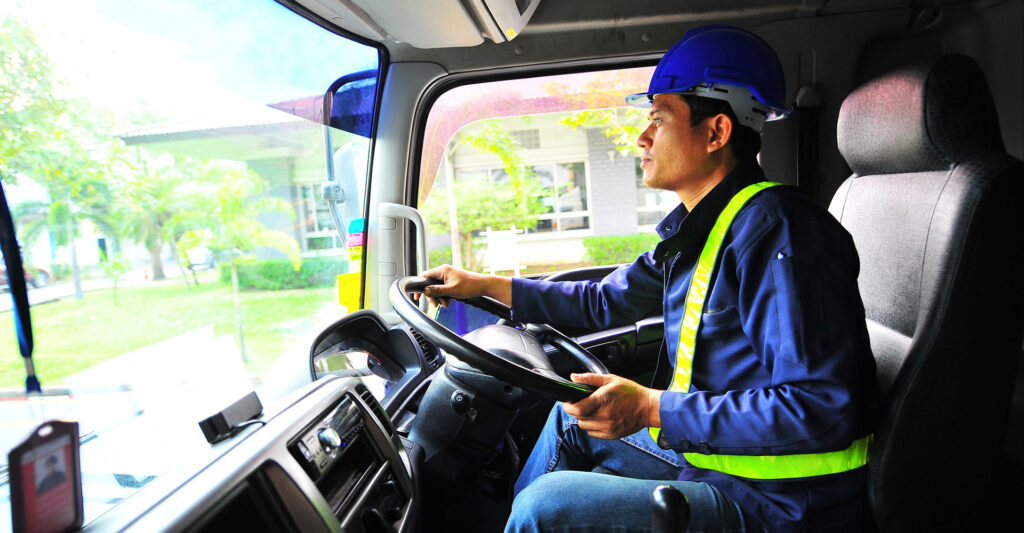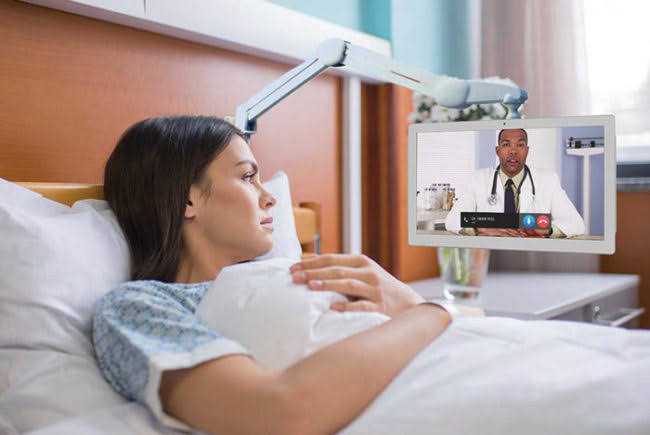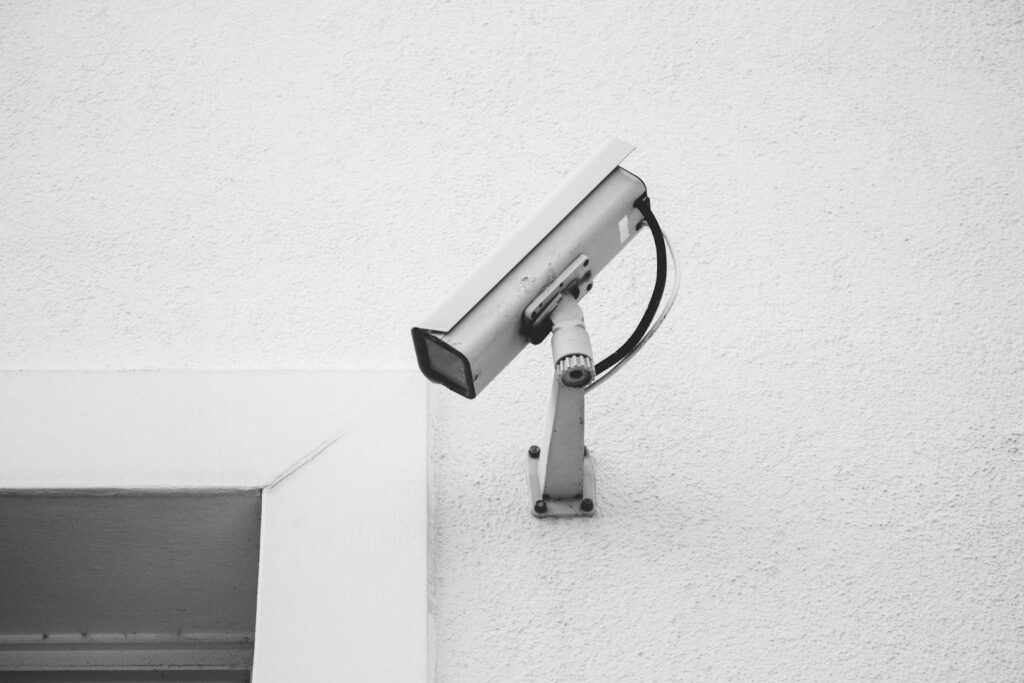In industries where precision and efficiency are critical, inspection tools must evolve to meet the increasing demands of accuracy, speed, and reliability. Over the years, borescope technology has advanced significantly, offering inspectors and maintenance professionals better visibility into complex systems without requiring disassembly. The integration of high-definition imaging, 3D measurement capabilities, and enhanced articulation has revolutionized the way inspections are conducted across industries such as aerospace, automotive, power generation, and manufacturing. A Borescope camera with measuring capabilities allows inspectors to capture high-resolution visuals while simultaneously quantifying defects, ensuring precise diagnostics without the need for equipment disassembly.
As technology continues to advance, borescope cameras are becoming more sophisticated, allowing for faster, safer, and more accurate inspections. This article explores the latest innovations in borescope cameras and how they are shaping the future of industrial inspections.
High-Definition Imaging For Unmatched Clarity
One of the most significant improvements in modern borescope cameras is the enhanced imaging quality. Older models often provided grainy visuals, making it challenging to detect acceptable defects or anomalies. High-resolution cameras found in modern borescopes provide prominent images that enable inspectors to identify even the most minor flaws.
Key Imaging Advancements:
- 4K Ultra-HD And High-Resolution Displays: Enables sharper visuals, improving defect detection.
- Led Illumination Technology: Enhances visibility in dark or enclosed spaces.
- Multi-Angle Viewing Options: Provides a broader field of view for better analysis.
3D Measuring Capabilities For Precision Analysis
Traditional borescopes only allowed for visual inspections, leaving inspectors to estimate the size and severity of defects. The introduction of 3D measuring technology has transformed inspections by providing precise measurements of cracks, corrosion, and material wear in real-time.
Advantages Of 3D Measuring Technology:
- Accurate Defect Quantification: Helps determine whether a flaw requires immediate repair or can be monitored over time.
- Enhanced Non-Destructive Testing (NDT): Provides detailed measurements without damaging components.
- Compliance With Industry Standards: Many industries require precise defect measurement to meet safety and operational regulations.
With the ability to measure depth, width, and shape, inspectors can now make more informed maintenance decisions, reducing the risk of unexpected equipment failures.
Dual-View Cameras For Comprehensive Inspections
Older borescopes required users to manually adjust the probe to capture different angles, which was both time-consuming and prone to missed defects. Modern borescopes now feature dual-view technology, allowing for both forward and side-view perspectives without repositioning the probe.
How Dual-View Cameras Improve Inspections?
- Full 360-Degree Coverage: Eliminates blind spots and ensures no defects go undetected.
- Reduced Inspection Time: Faster analysis means less downtime for critical machinery.
- More Efficient Workflow: Eliminates the need for multiple probes, making inspections seamless.
By integrating dual-view cameras, industries can increase efficiency and reduce the risk of oversight, leading to more effective maintenance strategies.
Wireless And AI-Integrated Inspection Systems
The next phase in borescope camera evolution involves wireless technology and artificial intelligence. These innovations are paving the way for remote and automated inspections, allowing for faster and more accurate diagnostics.
The Impact Of Wireless & AI In Inspections:
- Remote Access Capabilities: Inspectors can conduct evaluations from a safe distance, ideal for hazardous environments.
- AI-Powered Defect Recognition: Automates the detection of cracks, corrosion, and abnormalities, reducing human error.
- Cloud-Based Data Storage: Allows for real-time collaboration and historical analysis of inspection results.
By integrating AI and wireless connectivity, industries can optimize their inspection processes, reducing costs while improving accuracy and safety.
Minimizing Downtime And Reducing Maintenance Costs
One of the biggest challenges in industrial settings is equipment downtime due to lengthy inspections. Advancements in borescope technology have led to faster diagnostics, reducing maintenance-related disruptions.
How New Borescope Technology Reduces Costs?
- Non-Intrusive Inspections: No need for expensive disassembly or shutdowns.
- Early Problem Detection: Prevents minor issues from becoming major, costly failures.
- Data-Driven Maintenance Planning: Helps optimize when and how repairs are conducted.
By investing in next-generation borescope cameras, industries can increase operational efficiency and maximize the lifespan of critical machinery.
Future Trends In Borescope Technology
The future of inspection technology is rapidly evolving, with new features expected to redefine industrial maintenance. Some of the most exciting developments on the horizon include:
- Augmented Reality (AR) Integration: Overlaying defect data in real-time for enhanced analysis.
- Miniaturized Borescopes: Even smaller probes for inspecting micro-components.
- Voice-Controlled Operation: Hands-free navigation for easier inspections.
- Predictive Maintenance Integration: Using AI to forecast potential failures based on collected inspection data.
These cutting-edge advancements will further enhance efficiency, accuracy, and safety, making inspections more effective and proactive than ever before.
Conclusion
The advancements in borescope technology are transforming industrial inspections, making them faster, safer, and more precise. Features like 3D measuring, dual-view imaging, AI-assisted analysis, and wireless connectivity are revolutionizing how professionals detect defects, plan maintenance, and ensure equipment reliability.






